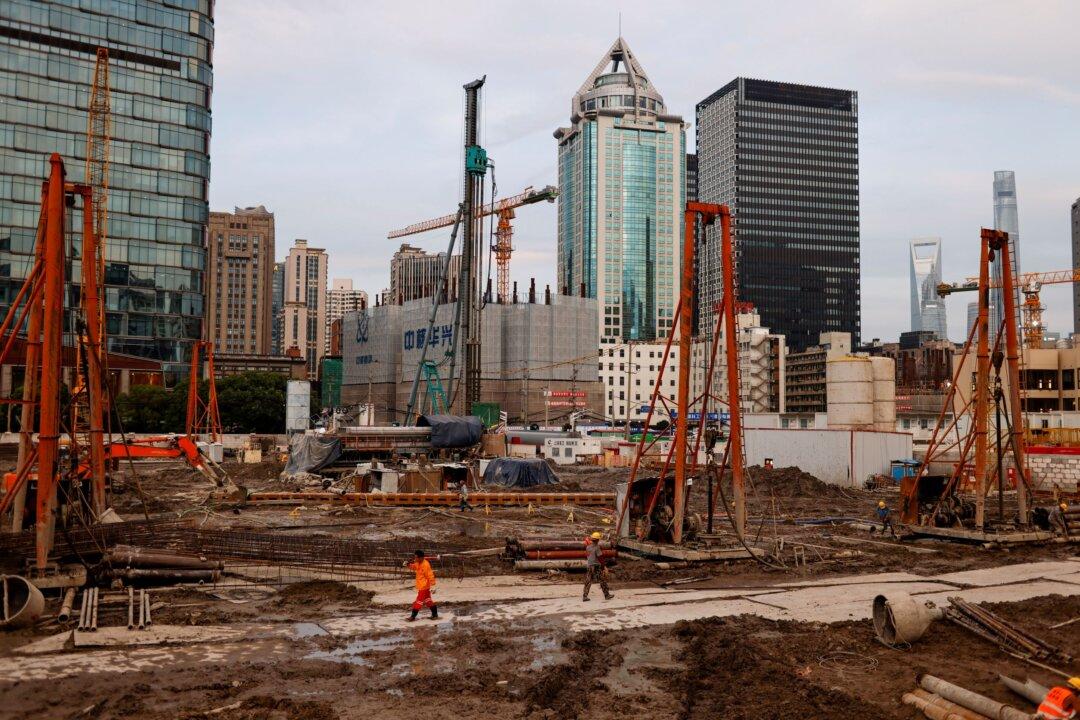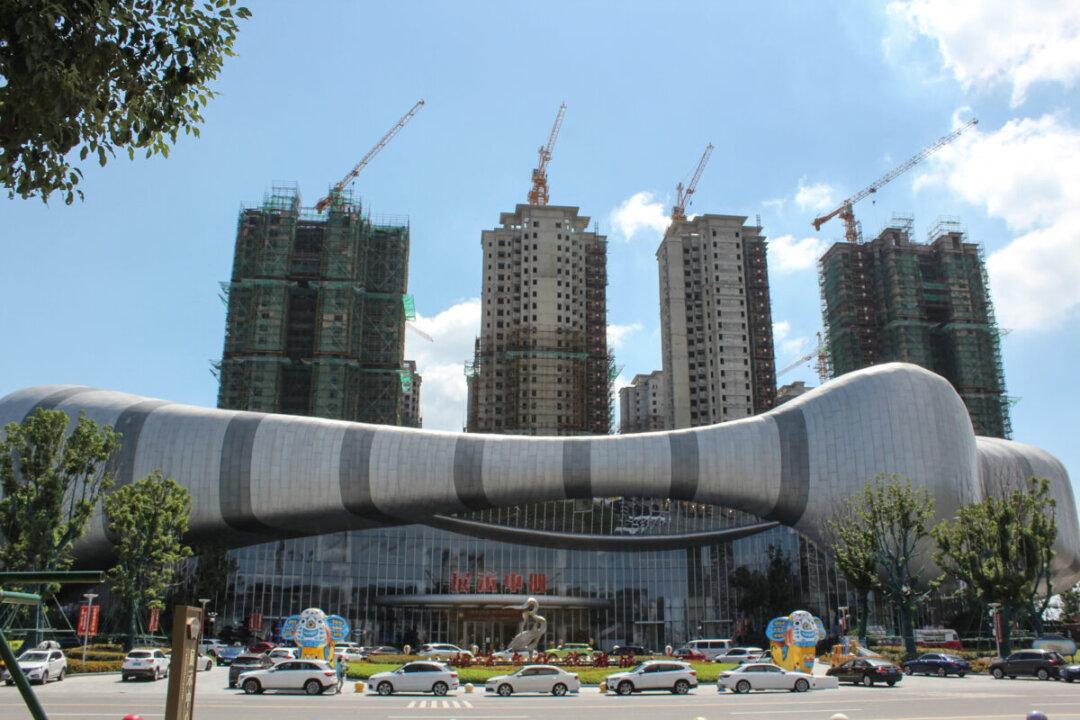Local Governments’ Reliance on Construction
“Land-reliant revenue” shouldn’t be a new concept for those who follow finance and economy news. It refers to the fact that infrastructure and the sales of state-owned lands to real estate developers have been major sources of revenue for local governments. As a matter of fact, the reliance on land has been brought about by the reliance on construction. Over a decade ago when China was reveling in the fast growth driven by exports, the 2008 U.S. subprime mortgage crisis led to a sharp decline in export orders. The Chinese regime decided to stimulate the economy with excessive infrastructure and real estate construction, and thus started the “construction prosperity” era.The stimulus plan was warmly received by the local governments that actively played the roles of city planner and developer. Three types of actions were taken. The first was to demolish urban residence buildings and build high-end office buildings on the sites; the second was to build roads, airports, and public facilities to enable the construction of suburban residential districts; the third was to raise loans to finance the construction. As local and central governments invested heavily in construction across the country, construction investment rose to 35 percent of the GDP, compared to 18 to 20 percent before 2008. In 2014, real estate investment accounted for 21 percent of the country’s GDP. In contrast, during Japan’s asset price bubble in the 1980s, real estate investment was only 9 percent of GDP, and 6 percent for the United States at the onset of the subprime mortgage crisis.





